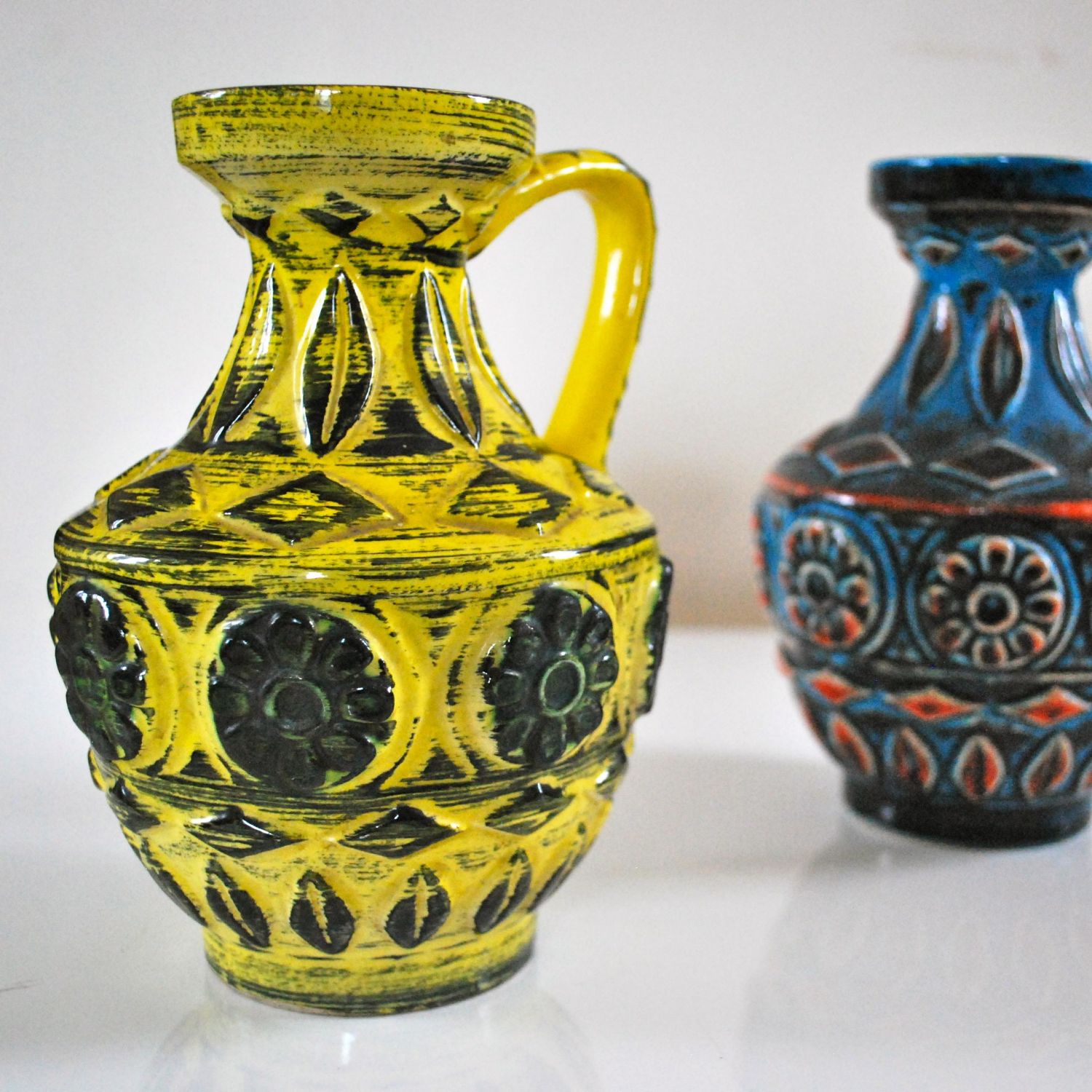
Bay Keramik West German Pottery Vases Ceramics Hemswell Antique Centres
Pottery identification has facets — clay color, glaze, shape and decoration are a few — but if you're lucky, the potter or pottery marked the item. A book on english china marks won't help you find anything about a german pottery mark..
muzeeum RETRO WEST GERMAN POTTERY ILKRA EDEL KERAMIK VASE & PLATE c 1966
The Betschdorf stoneware pottery is always gray in color with cobalt blue decorations and salt-varnished. This ancient technique of vitrification at high temperature (1300°C) dates back to the 16 th century and was transmitted by a German potter originally from Westerwald who would have settled in the village at that time. This pottery very quickly made Betschdorf famous, so much so that in.
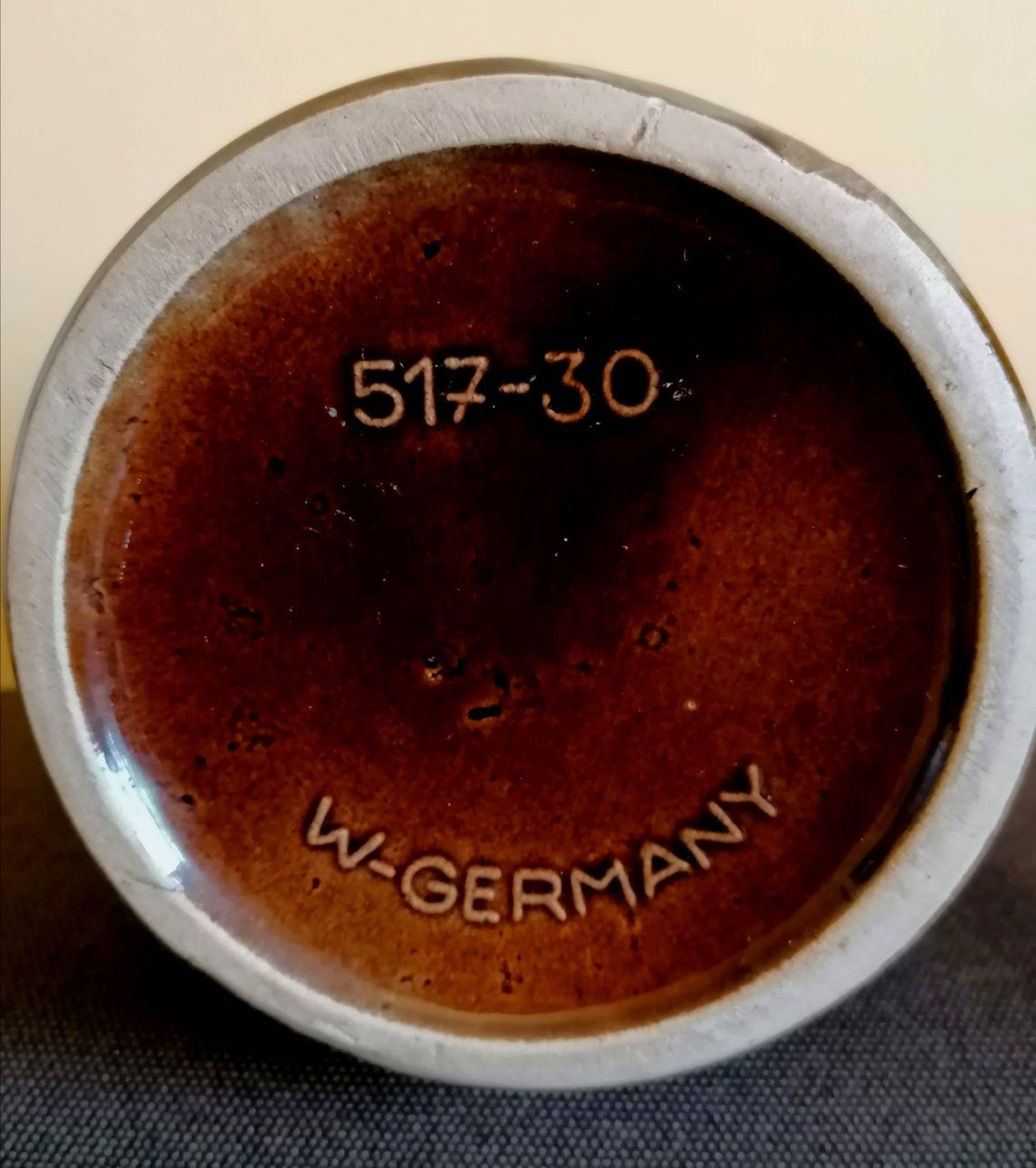
West Germany Scheurich Pottery Vase 51730 Fat Lava 1960s Etsy
Pottery. Advertisement. Gerz pottery is a type of German stoneware that was produced from the late 19th century to the early 20th century. The pottery was characterized by its brown or gray glaze, which was often decorated with slip-painted designs. Gerz pottery was typically made in a variety of shapes, including pitchers, mugs, vases, and bowls.
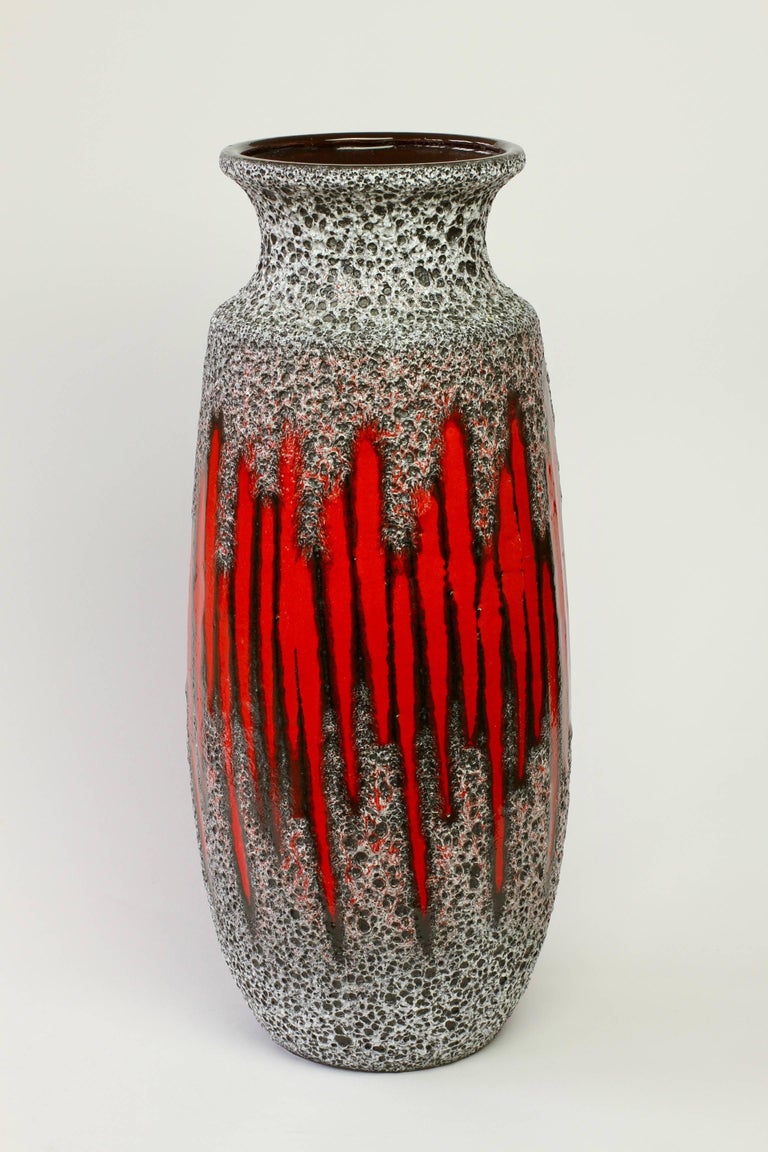
Tall MidCentury West German Pottery Red Striped Vase Lava Glaze by Scheurich at 1stDibs
Ceramics? For real? Like as in little figurines that you paint for a hobby? Well, yes and no. There's more to the German Ceramics Route than meets the eye. This is more of a getting in touch with your inner brick kind of trail; and where you'll certainly find little ceramic and pottery studios along the way, too.
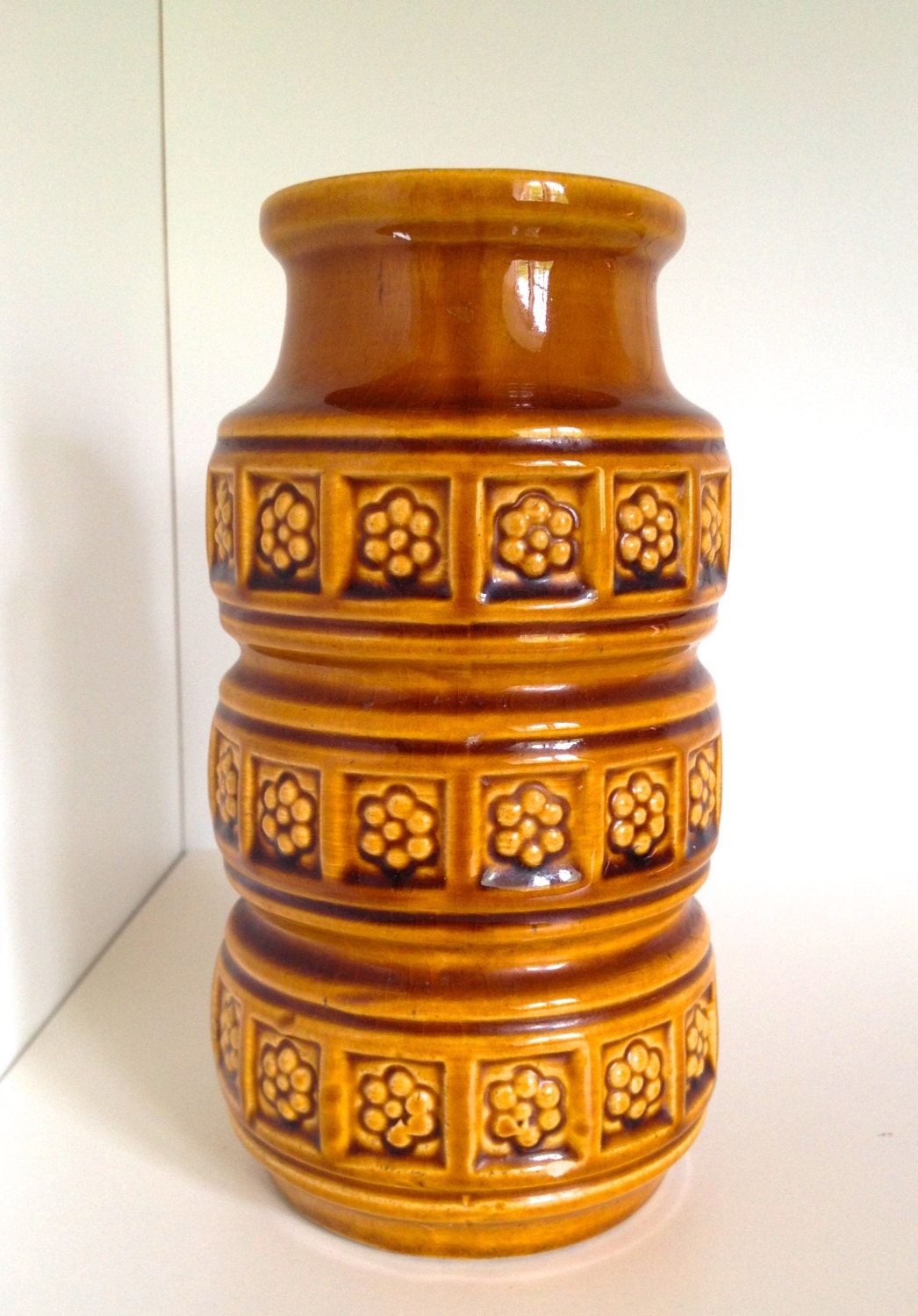
Vintage West German Pottery Vase Mid Century Modern Scheurich
Germany has been home to numerous renowned pottery manufacturers throughout history, such as Meissen, Rosenthal, KPM, and Villeroy & Boch. These manufacturers have distinct styles and techniques that set them apart from each other and from other pottery traditions.

Scheurich West German Vase 495 20 Vintage Hand Painted Floral Handled Pottery Made in West
Traditionally, pottery has been a very important part of German culture. Pottery was first used in Germany as early as the Stone Age, and it has been found in almost every region of the country. Over the centuries, pottery has been used for a variety of purposes, including cooking, storage, and as a decorative item.
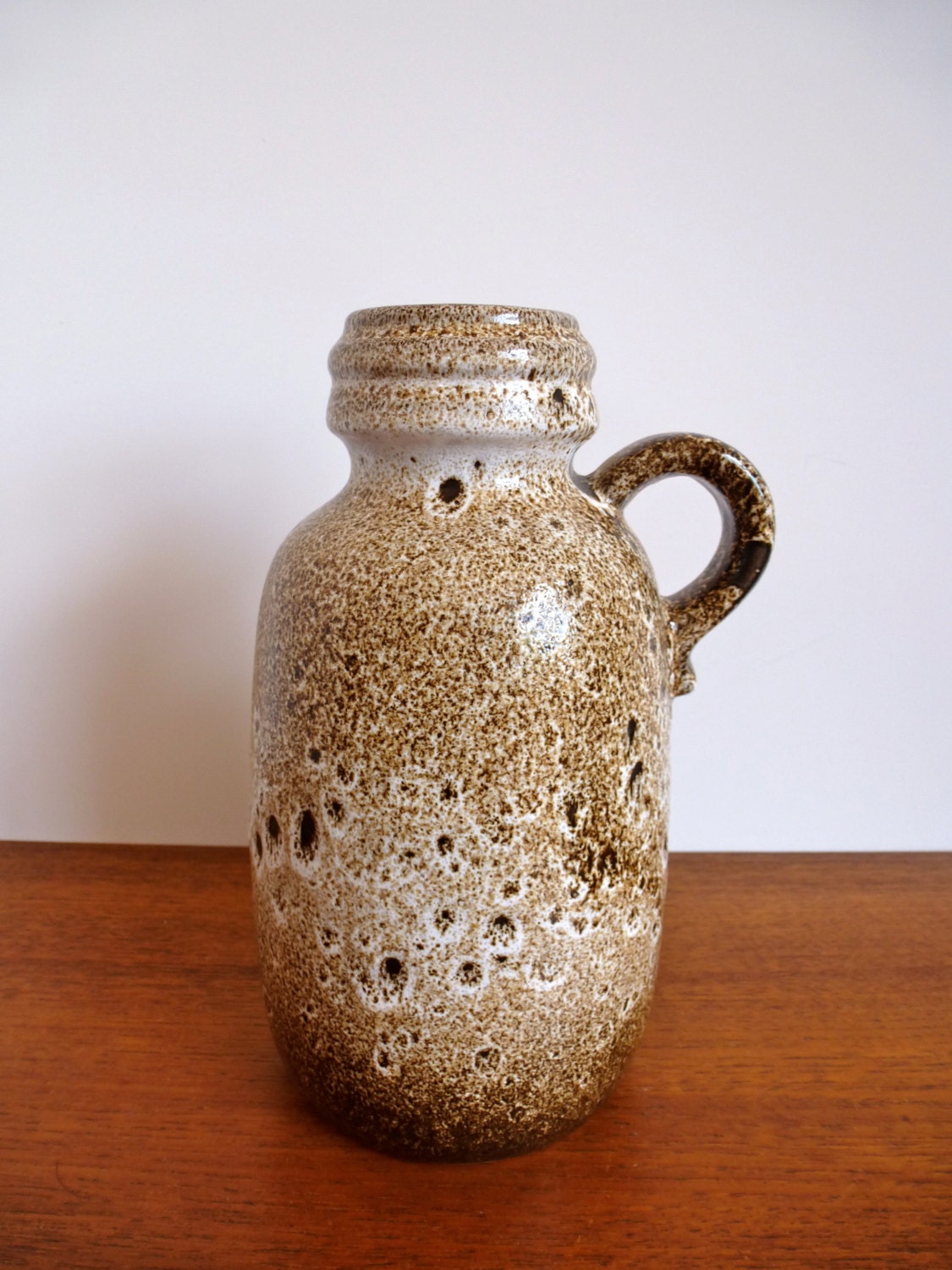
Vintage Scheurich West Germany Pottery Vase by HotCoolVintage
Discover all the news about. Soendgen ceramics. We warmly welcome you to our showroom in Gelsdorf with its 600 square meters of floor space. We invite you to experience our product range in a very special atmosphere. Quality - Made in Germany. Production location Germany. Scheurich-Group: Together for a strong future. Learn more.

Picture Gallery West german pottery, Pottery world, Pottery
West German Art Pottery is essentially a term describing the time period of 1949-1990 and became the early way to describe the pottery because the country of origin, with numbers denoting the shape and size, was often the only "mark" on the base. Even though company names are now better known, and many items are attributed to specific makers.

Huge Gerz Germany Stoneware Pottery Punch Bowl & 8 Cup Set German Castle Reliefs eBay
ELIZAVETA. Elizaveta Barsega is a potter, a teacher, poet, ritualistic wonderer, traveler, and co-founder of Pottery Tribe. In the spin of the past 6 years, she has welcomed over 500 students in her pottery classes in person as well as online. Seeing how people felt touching clay, she realized that pottery is one of the most grateful ways to.

Scheurich Keramik West German Retro Foligno Pottery Vase The Manchester Bee Company
For 275 years, noble manufactory porcelain has been created in Fürstenberg in Lower Saxony with passion and precision, which always reflects the time in which it is created and at the same time has the potential to become a classic. Tableculture

Massive Stoneware Pitcher German Pottery Jug Fully Marked Marzi and Remy of Westerwald Made
The Sächsische Porzellan-Manufaktur Dresden GmbH (Saxon Porcelain Manufactory in Dresden Ltd), generally known in English as Dresden Porcelain (though that may also mean the much older and better-known Meissen porcelain ), was a German company for the production of decorative and luxury porcelain.

Massive Stoneware Pitcher German Pottery Jug Fully Marked Marzi and Remy of Westerwald Made
Unlike many of the antique German porcelain makers, Villeroy & Boch was established much later, in 1836, and symbolized the union of two former rivals, Jean-François Boch and Nicolas Villeroy. Unlike its counterparts, Villeroy and Boch not only produced tableware and decorative pieces; it was, and still is, a manufacturer of tiles.

West Germany Pottery Vase Burns Antik Haus
Pottery from the 1950s to the 1970s in West Germany is becoming more popular among collectors due to its contemporary design and fat lava glazes. Pottery from the 1960s to the 1970s has been glazed in eye-catching colors. Pottery with cobalt blue glaze is commonly painted and glazed in salt-glazed stoneware.
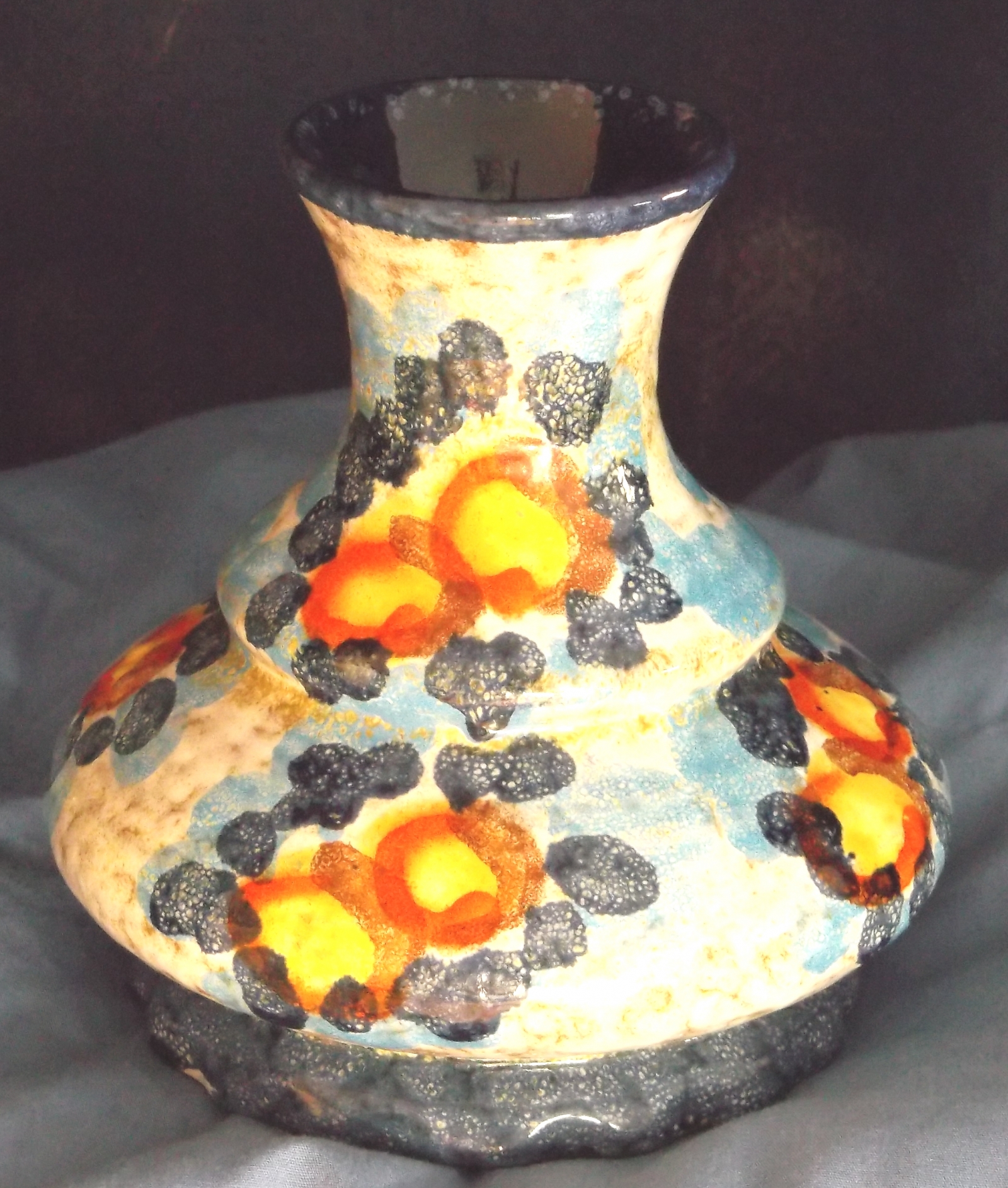
Rare "Fat Lava" Studio Pottery West Germany Free Shipping!
"West German Art Pottery" is used to describe this period between 1949 and 1990. From the 1950s until the 1970s, over 100 pottery and porcelain companies and studio potters actively produced art pottery in West Germany. Scheurich, Carstens, Dümler & Breiden, ES, and Bay Keramik were the most prolific producers.

Home & Living Home Décor Scheurich West Germany Pottery Vase.
In the 1990, "WEST GERMANY" changed to 'Made in Germany' both in the bottom of the vase and in the stickers. Scheurich always used s white clay for its products.The clay color is normally visible on the bottom edge of the vase. Another way to recognize them, are of course the stickers that also give an indication of the production period.
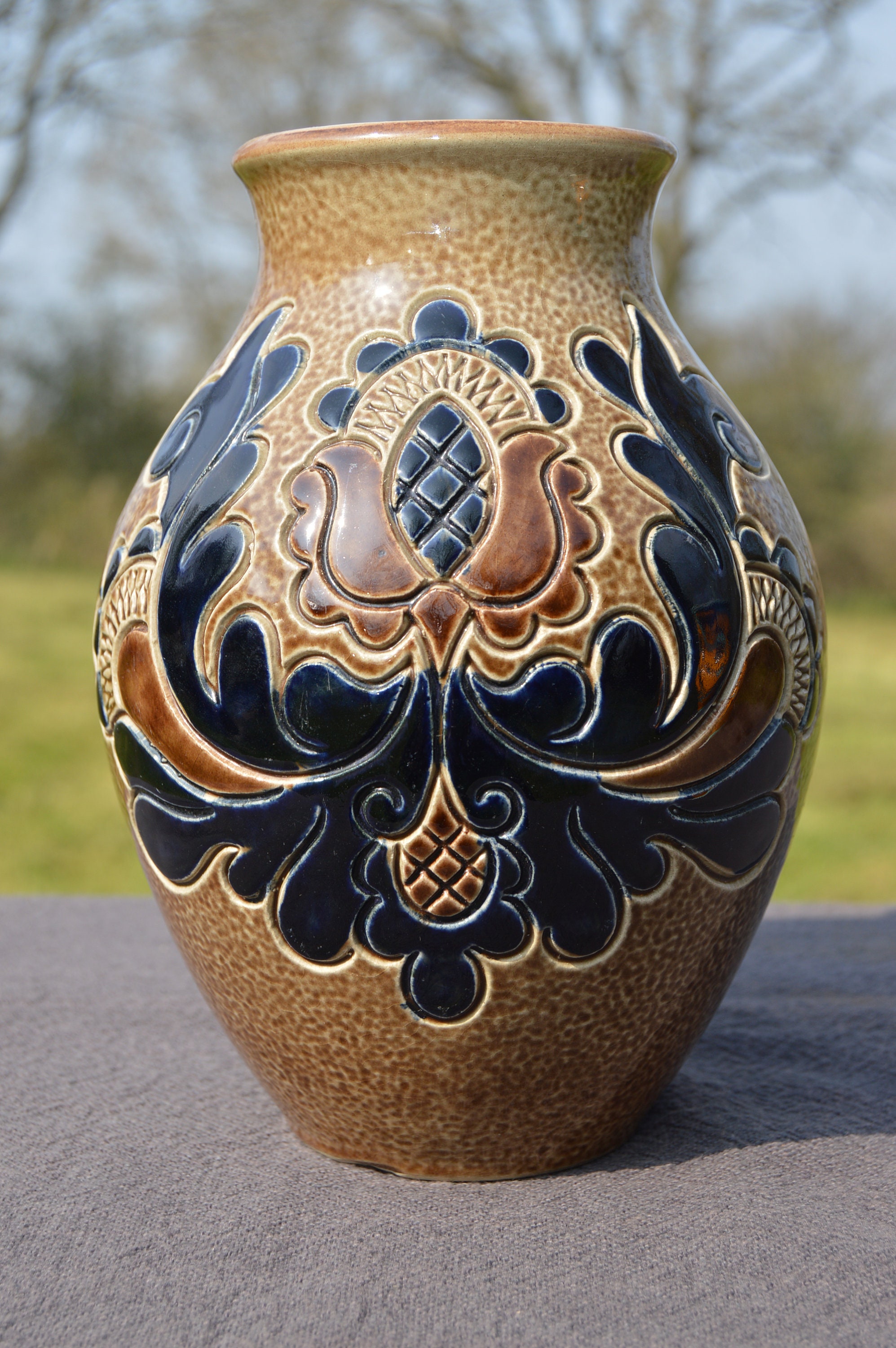
Stoneware Vase German Pottery Vase Fully Marked Marzi and Remy of Westerwald Made Germany Robust
Since limited edition prints so often use a system such as 25/150 (25th print in an edition of 150), people are prone to make this assumption with the pottery. Most W. German pottery is commercially produced, molded ware. Some are still quite uncommon or rare, but others exist in very large numbers.